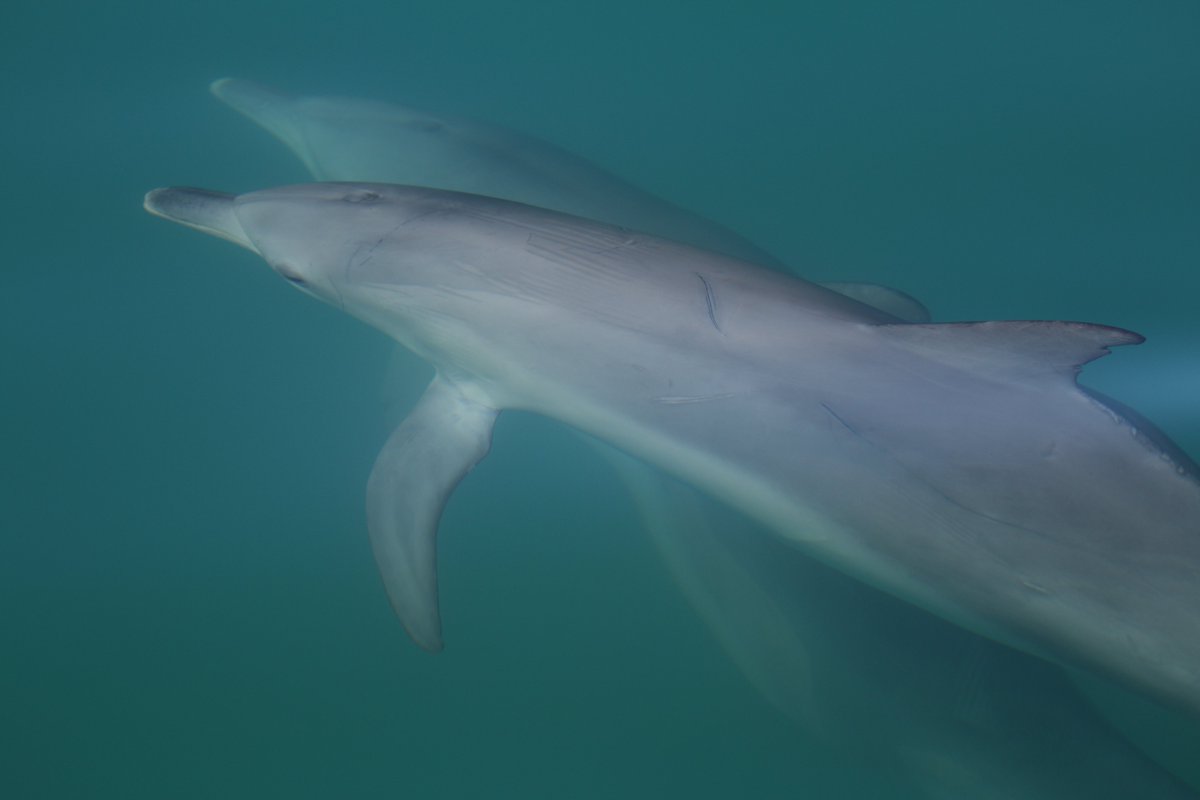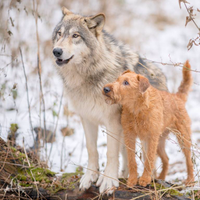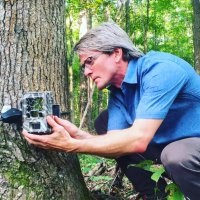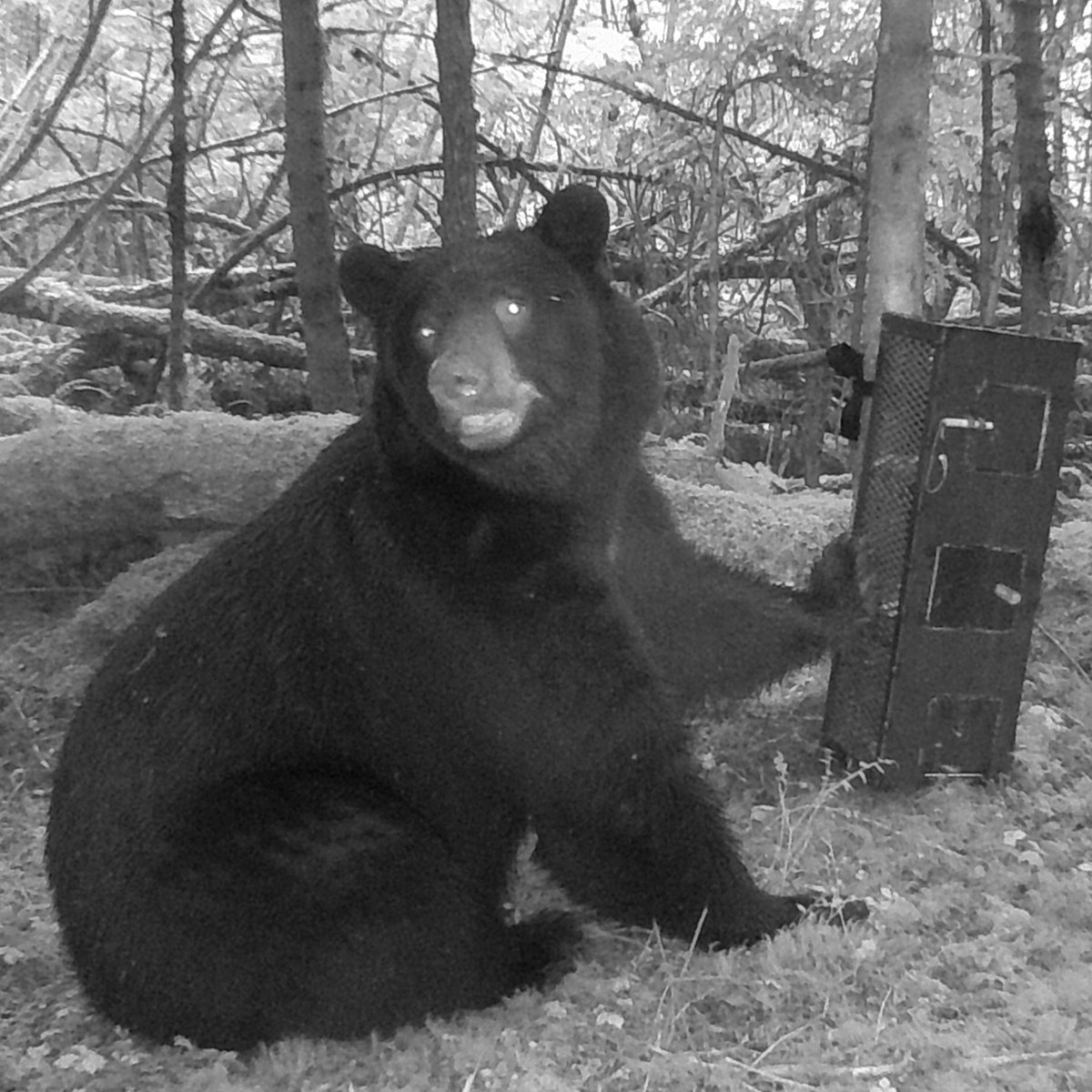
Lily Johnson-Ulrich
@wild_cognition
PhD studying cognitive ecology
she/her/hers 🏳️🌈
ID: 1154531563494891520
http://lilyjohnsonulrich.weebly.com/ 25-07-2019 23:19:09
251 Tweet
254 Followers
192 Following


🌟New🌟 paper in Behavioral Ecology We tested whether rearing fish 🐟 in different social environments for 6 months affects their brain 🧠 development and cognition open-access 👉🏼 doi.org/10.1093/beheco… Swiss National Science Foundation SUBIC Department of Zoology #fishSci #brain #cognition





🚨🐒Urbanization makes monkeys more selective in their object exploration. In our new paper, we discuss the distinction btw anthrophilia and neophilia. @LindseyEll27284 @AlbaMotes1 Urban Vervet Project Koneen Säätiö Swiss National Science Foundation UZH Science SimbithiEcoEstate academic.oup.com/cz/article/doi…



Job Alert 📢 3yr The Leverhulme Trust funded postdoc on the Evolution of Animal Play 🐬🐒🐘 inc. fieldwork with the Shark Bay dolphins. Field experience with wild animals + quantitative skills essential. Come join our collaborative team! Pls share widely 🙏 jobs.ac.uk/job/DHP957/res…



Really nice paper by a bunch of star ecologists - striking that the best cougar habitat is in the east where they have been extirpated. Come on back kitty kitty! Kathy Zeller, PhD 🐾


Meerkats use two different types of interactions to stay in touch. Konstanz researchers Vlad Demartsev Ariana Strandburg-Peshkin from Universität Konstanz, MPI-AB is on Bluesky @mpi-animalbehav.bsky.social have now unraveled the vocal interactions of meerkat groups. Test the calls in our quiz and read more: campus.uni-konstanz.de/en/science/mee…


In a detailed review and reflection, Simon Reader (@[email protected]) and I discuss and explore the definitions, approaches, and key questions in human and nonhuman innovation, under the lens of cultural evolution academic.oup.com/edited-volume/…

Why do primates have bigger brains🧠? Study Royal Society Publishing shows that it’s not for efficient foraging. In the Panamanian rainforest, Ben Hirsch and Meg Crofoot compared how capuchins, spider monkeys, coatis and kinkajous solve the same foraging puzzle. doi.org/10.1098/rspb.2… 🧵









